Duong Long Tower is a cluster of Cham towers located in Binh An commune, Gia Lai province (formerly Tay Son district, Binh Dinh province). About 40 km northwest of the provincial center, this is a special national monument, located on a high rectangular mound.

Duong Long tower relic is located in Binh An commune, Gia Lai province.
PHOTO: DUC NHAT
Regarding architecture and sculpture, Duong Long has a harmonious expression of many artistic elements imported from outside combined on the foundation of traditional Champa art, such as architectural models and Khmer Angkor sculpture motifs, and the lines of Ly - Tran art.




The architecture in Duong Long tower area represents the pinnacle of construction techniques and Champa art in Binh Dinh style during the period from 1190 to 1220.
PHOTO: DUC NHAT





After more than 8 centuries and historical changes, the Duong Long tower complex is facing the risk of serious degradation. The tower complex, which was considered the pinnacle of Champa architecture and sculpture, has now suffered much damage.
PHOTO: DUC NHAT

The Middle Tower, 39 m high and once considered the tallest brick tower in Southeast Asia, has lost many doors, the lobby has collapsed, and many walls are peeling off.
PHOTO: DUC NHAT

The South Tower, although the most intact structure, has some collapsed roof panels; the sandstone door frames are still preserved but the stone panels at the base remain only on a few sides.
PHOTO: DUC NHAT

The North Tower is the most severely damaged structure: the body is deeply hollowed out, many decorative details are lost; the false doors on some sides are still there but the patterns are faded.
PHOTO: DUC NHAT






Not only the main architectural blocks were affected, the area around the tower also showed signs of damage. The layers of sandstone covering the base of the tower were peeling off, some were lost or were mixed with the ground. The system of patterns and carvings on the stone, which used to be the most prominent feature of Duong Long Tower, has now been weathered, cracked or broken in many places. Many decorative stone details at the top of the tower have fallen and sunk deep underground over hundreds of years, causing the original appearance to be significantly lost.
PHOTO: DUC NHAT





From 2006 to 2009, the authorities conducted three archaeological excavations on a total area of about 3,000 m²; thereby discovering thousands of artifacts, including Kala reliefs, statues of Indra, Naga snakes, Makara, lotus petals... However, experts say that this area is only a small part, there are still many areas that have not been studied. In particular, the two brick structures in the west are believed to be altars and many traces of the surrounding foundations have not been fully excavated. Therefore, there is still much scientific data that has not been clarified to serve the restoration work.
PHOTO: DUC NHAT




According to the assessment of Associate Professor, Dr. Bui Chi Hoang, former Deputy Director of the Institute of Social Sciences in the Southern region, Duong Long tower has lost about 30-40% of its original elements. Although the roof has been restored and reinforced in phase 1 to stabilize the structure and eliminate the risk of collapse, important parts such as the base, foundation and many original architectural details have not been restored. Without timely conservation measures, the risk of loss and breakage will increase, causing irreparable damage to a unique architectural and artistic heritage of Champa.
PHOTO: DUC NHAT

Duong Long tower cluster seen from afar
PHOTO: DUC NHAT
Currently, the requirement of the Ministry of Culture, Sports and Tourism is to conduct a comprehensive excavation and archaeology before restoration, and at the same time plan and embellish the site. This requires synchronous coordination between scientists, management agencies and local authorities, because only by thoroughly exploiting archaeological data can the original elements and the original appearance of the tower be restored.
This is not only a task to preserve an architectural work, but also an act to preserve a living evidence of the Champa - Khmer cultural exchange, contributing to promoting heritage values in the development of sustainable cultural tourism .
Source: https://thanhnien.vn/thap-cham-cao-nhat-dong-nam-a-dang-xuong-cap-nghiem-trong-185250810111807081.htm



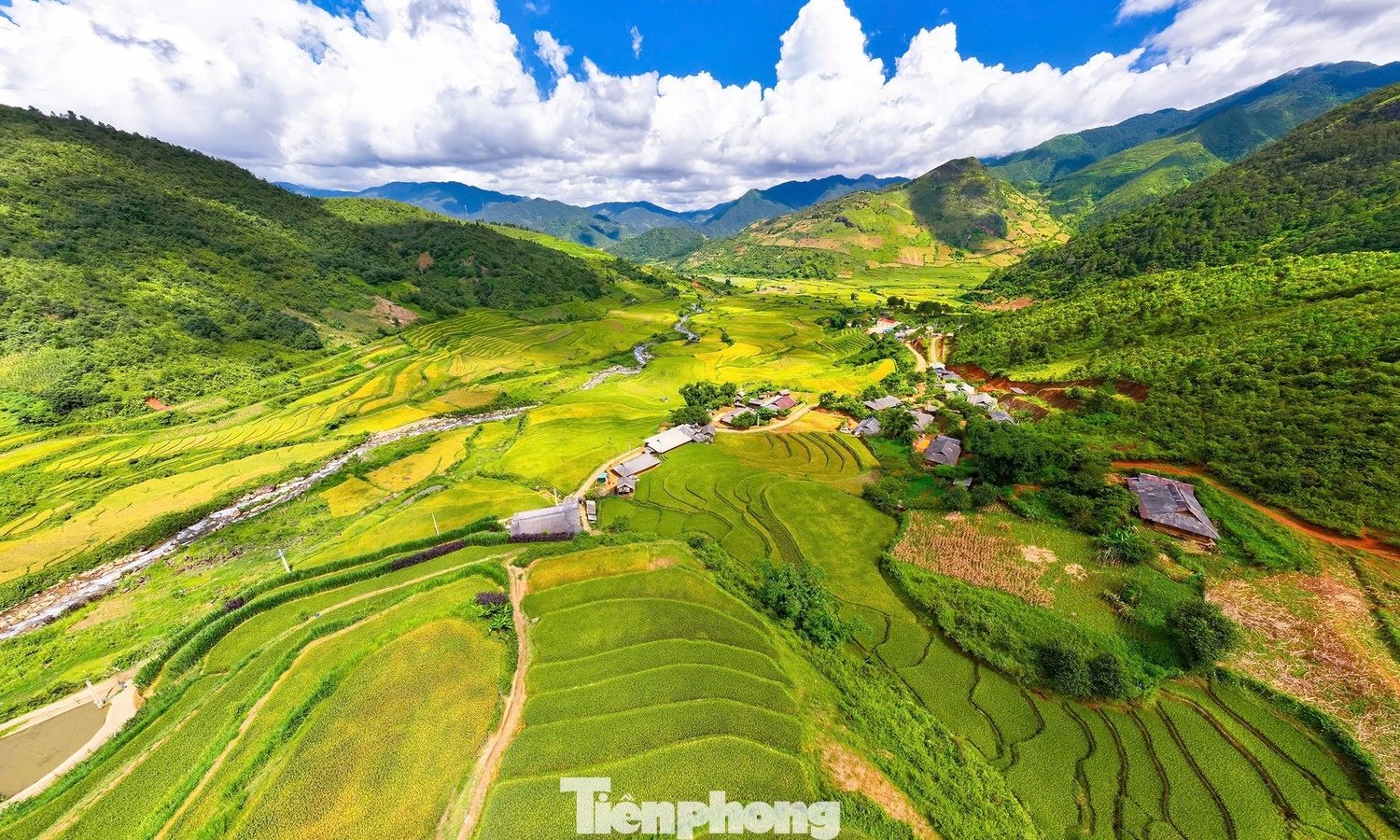
![[Photo] Prime Minister Pham Minh Chinh chairs the meeting of the Government Party Committee Standing Committee](https://vstatic.vietnam.vn/vietnam/resource/IMAGE/2025/8/23/8e94aa3d26424d1ab1528c3e4bbacc45)
![[Photo] General Secretary To Lam attends the 80th Anniversary of the Cultural Sector's Traditional Day](https://vstatic.vietnam.vn/vietnam/resource/IMAGE/2025/8/23/7a88e6b58502490aa153adf8f0eec2b2)



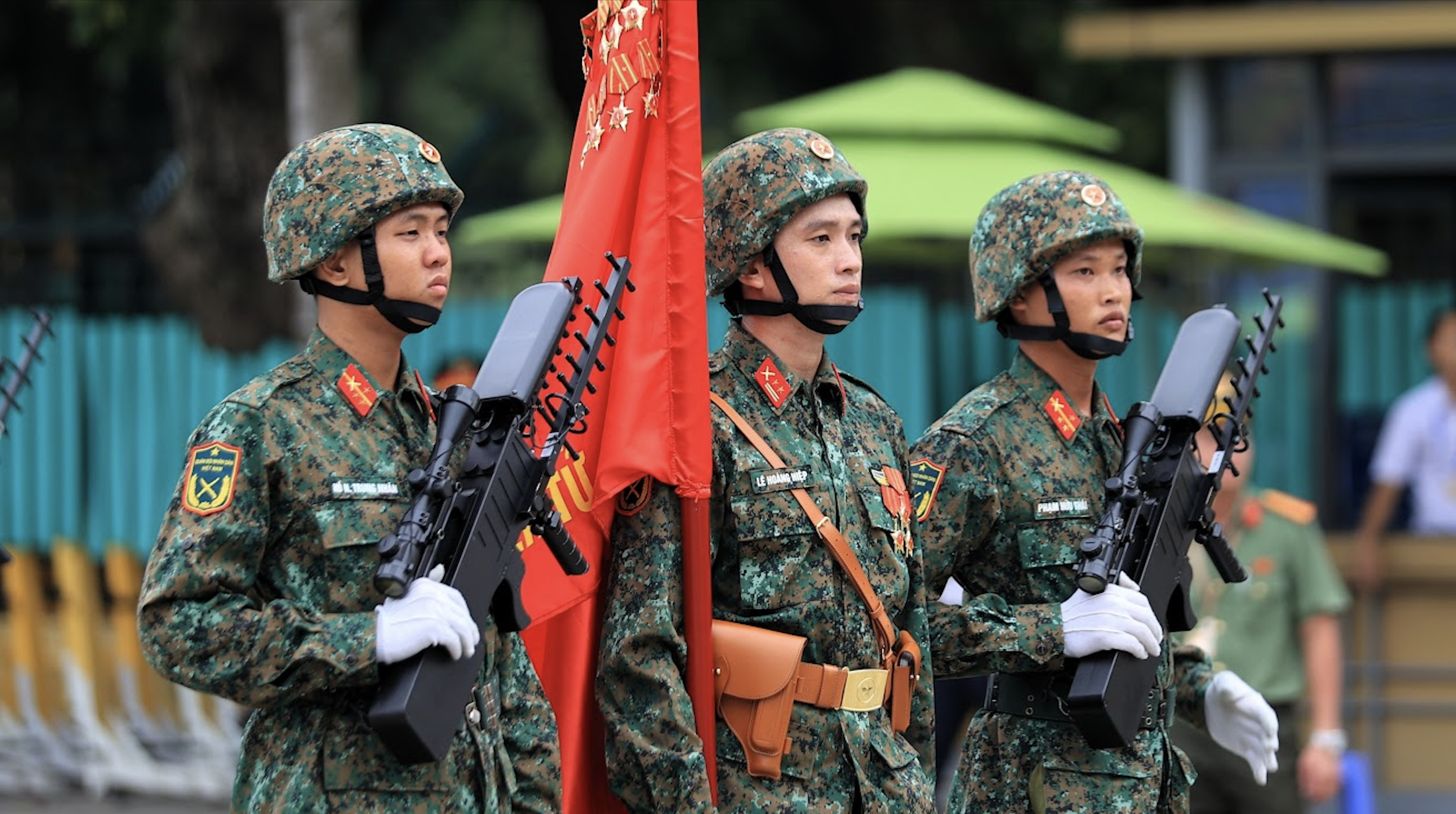





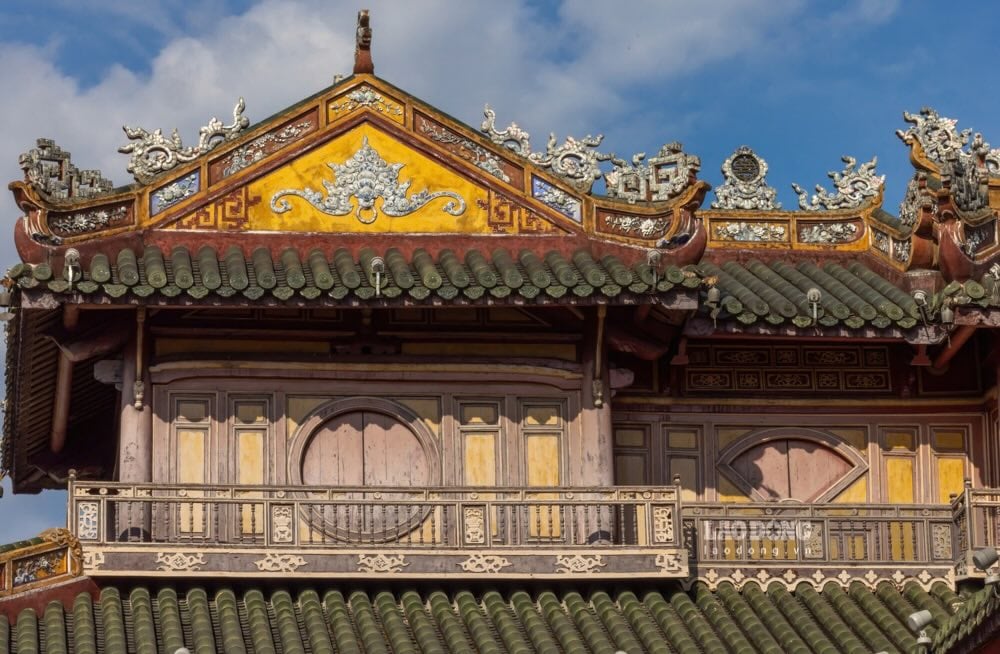

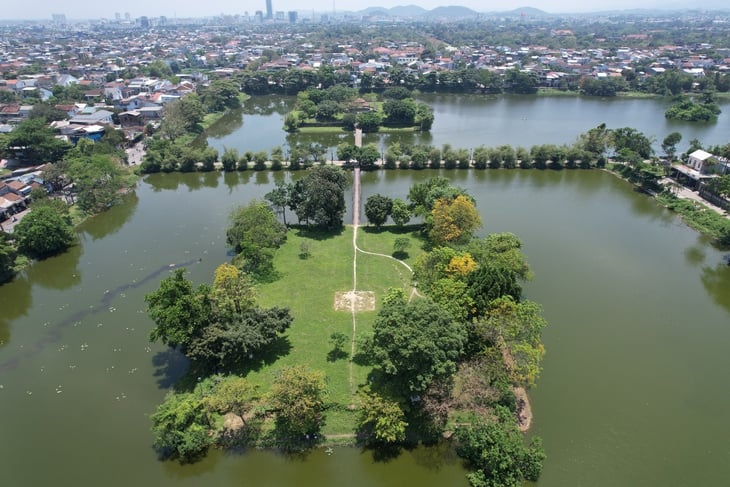

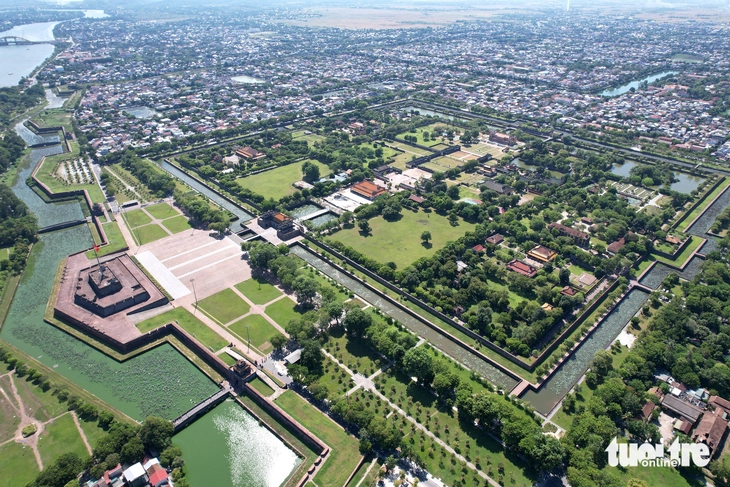


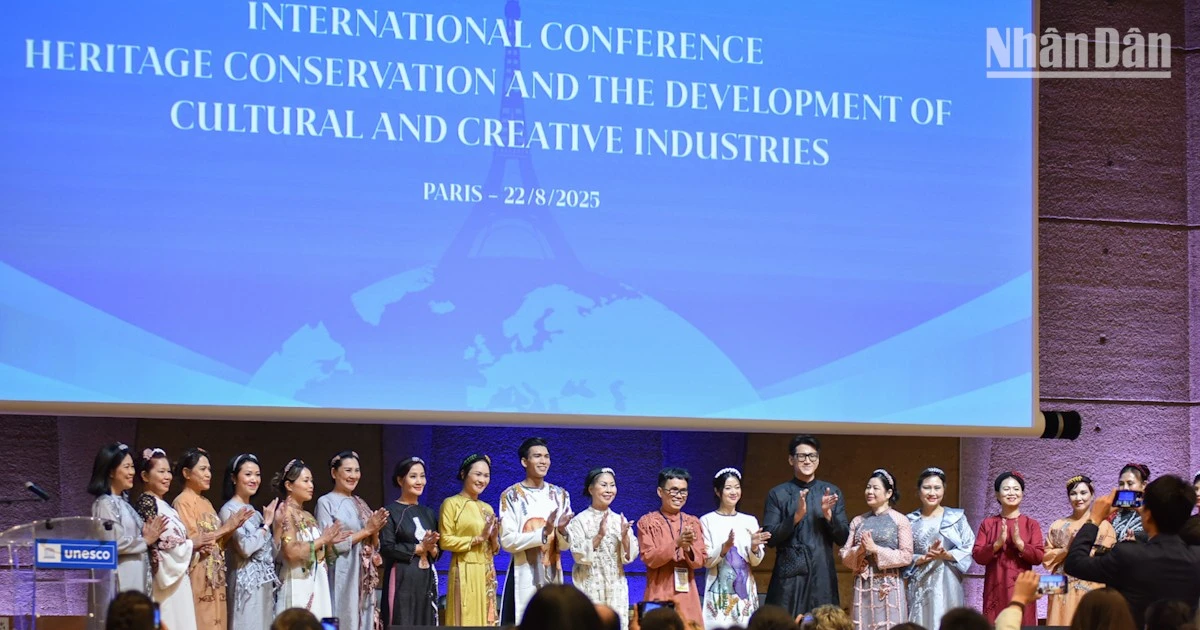
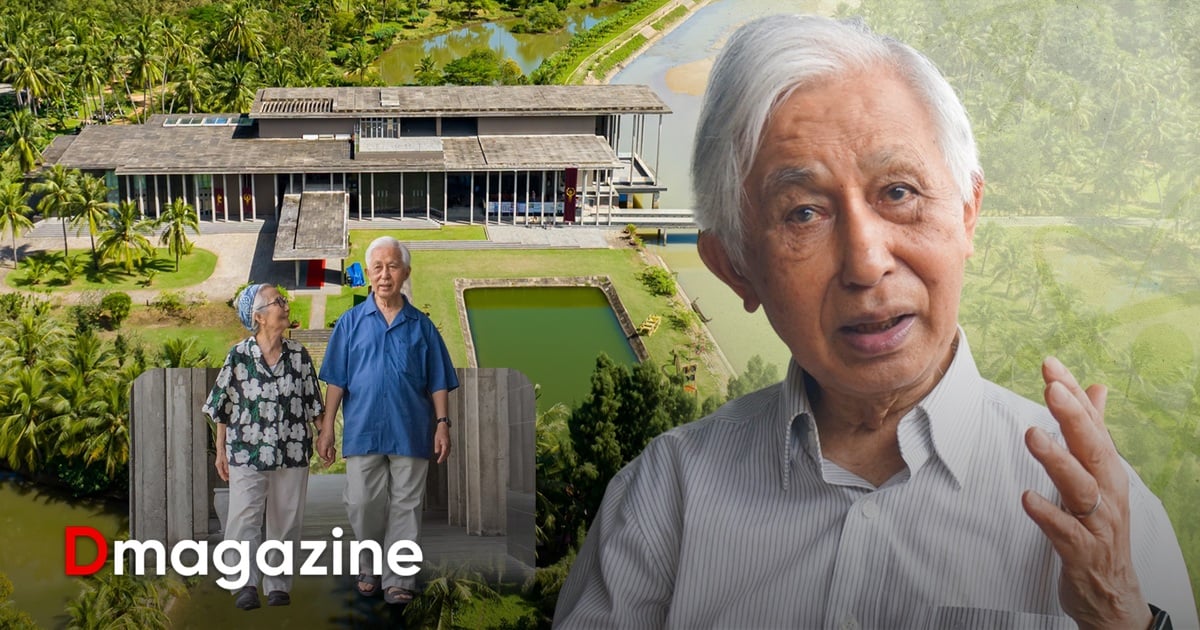



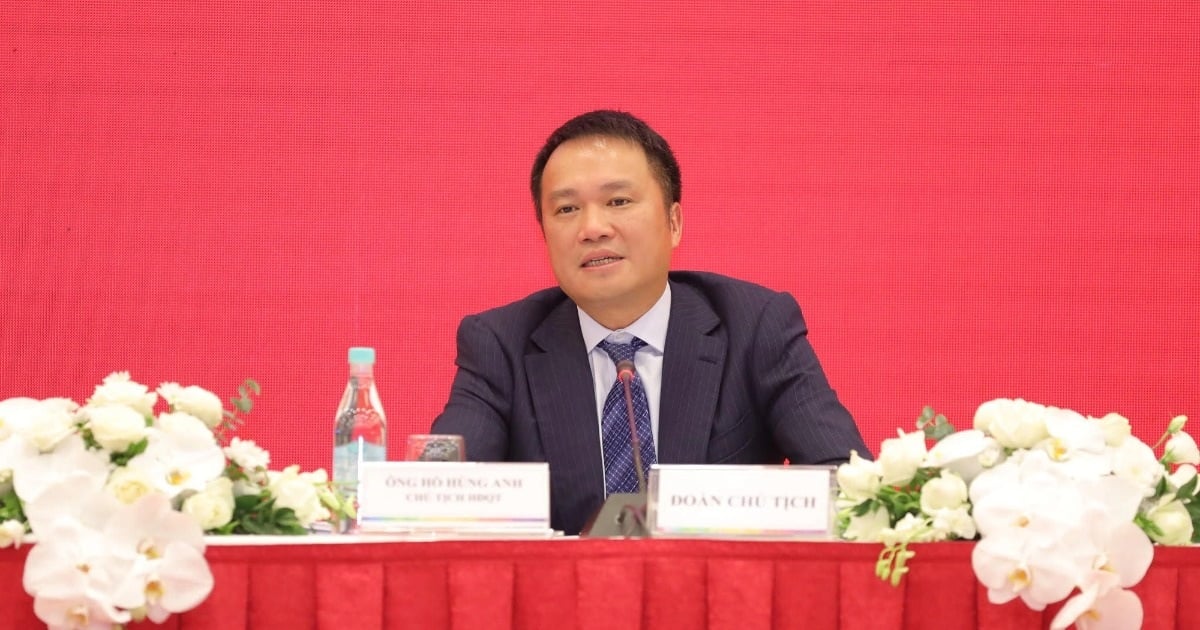
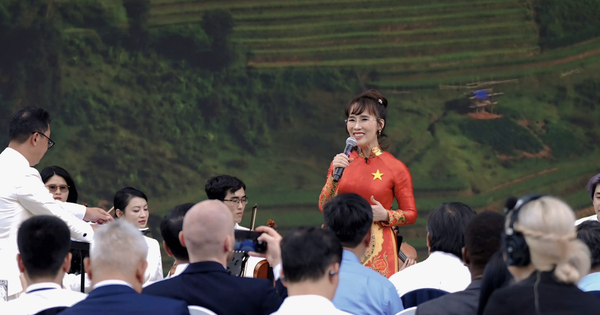

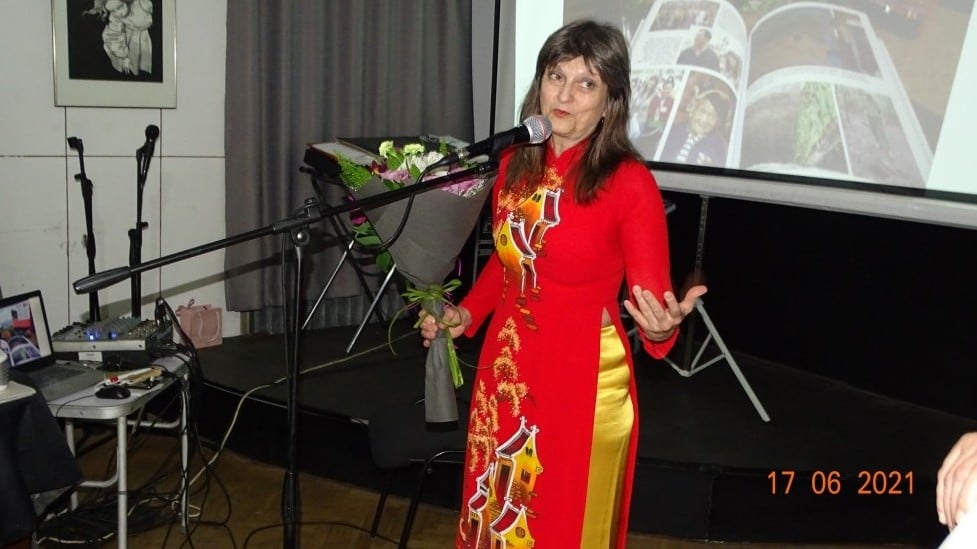









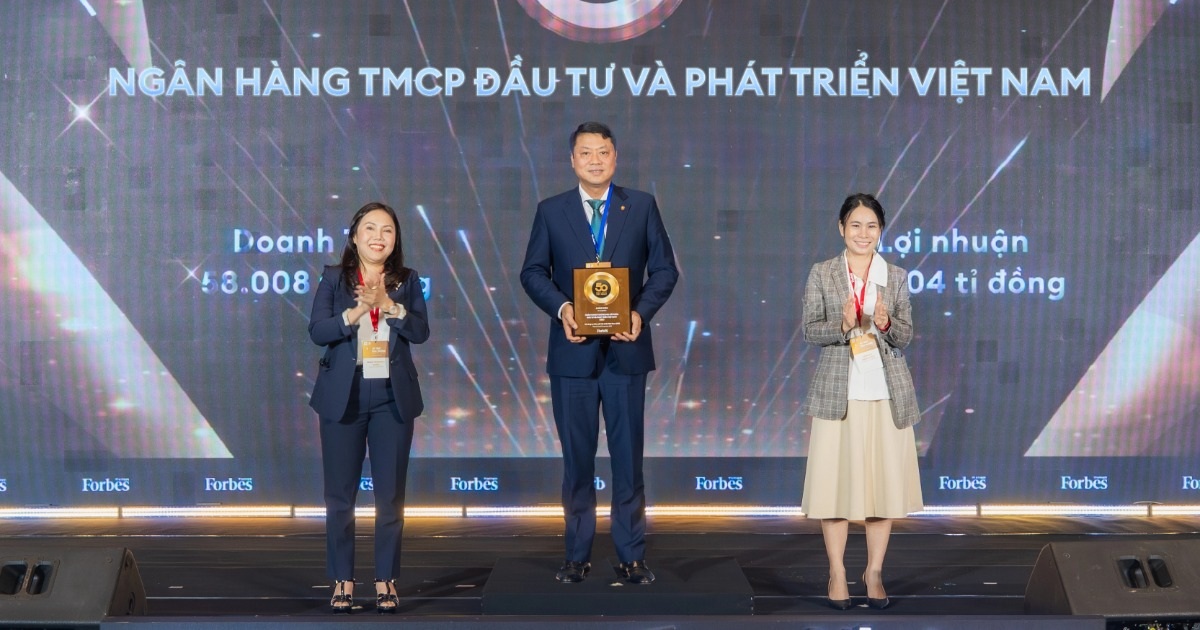





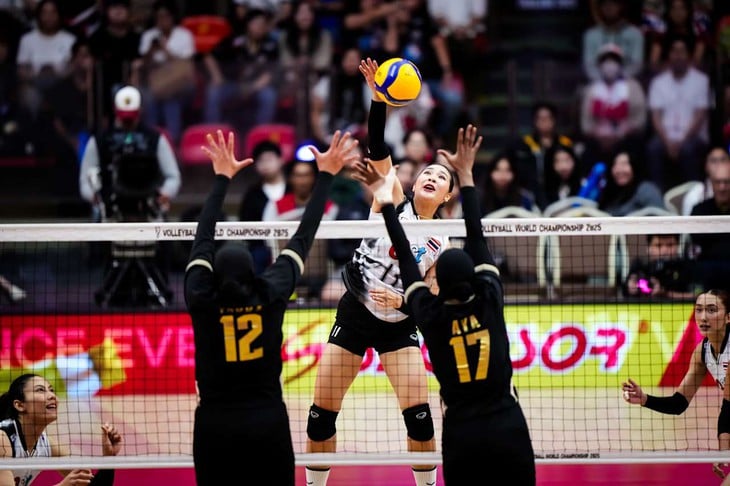



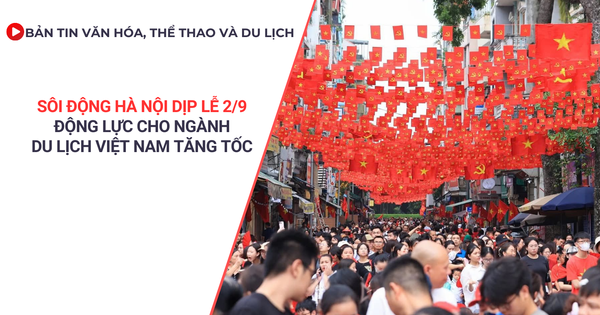

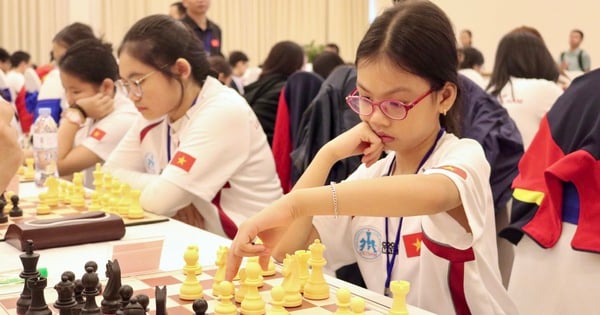
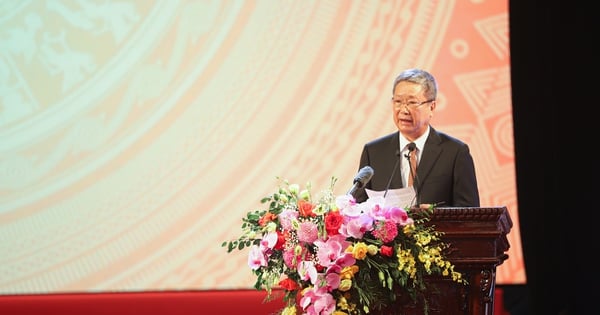




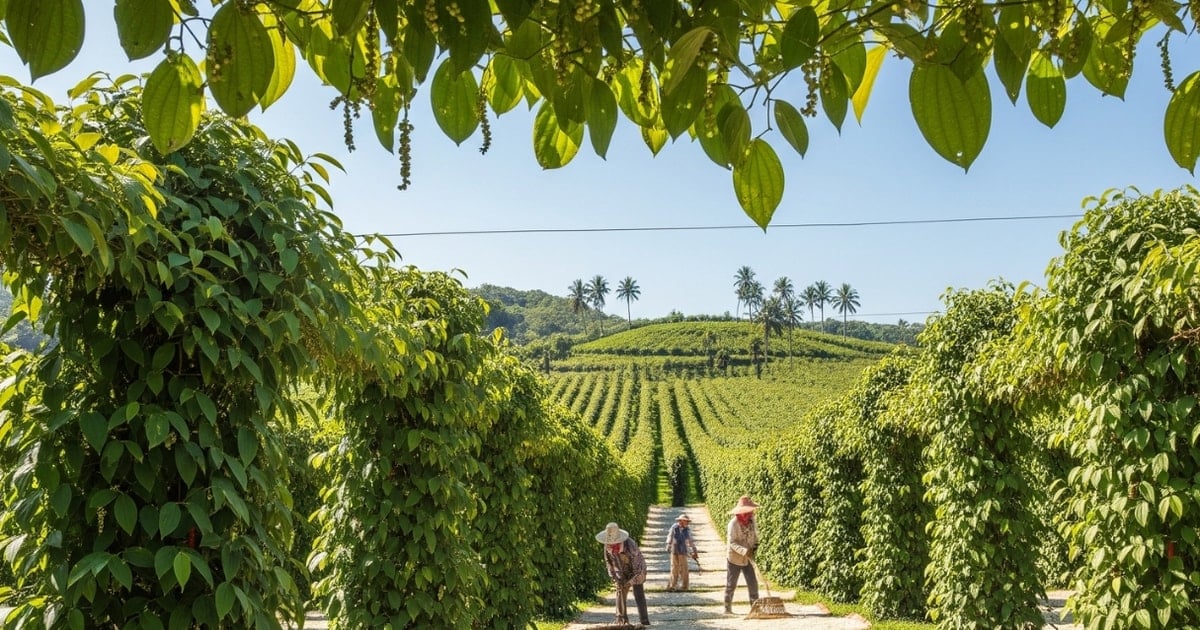

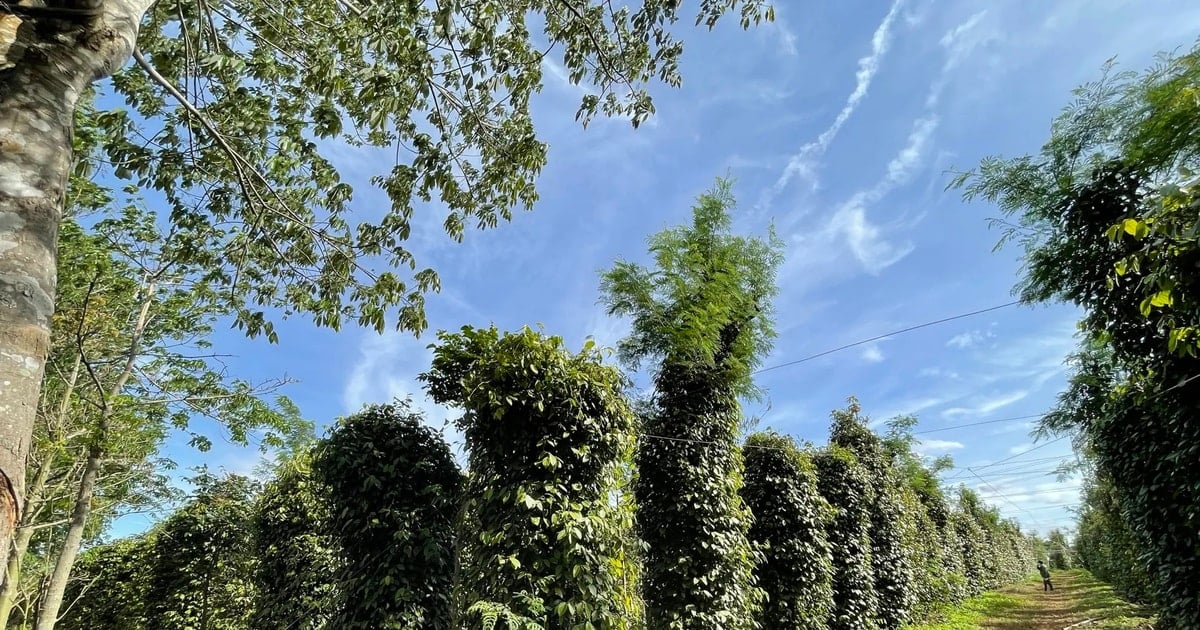



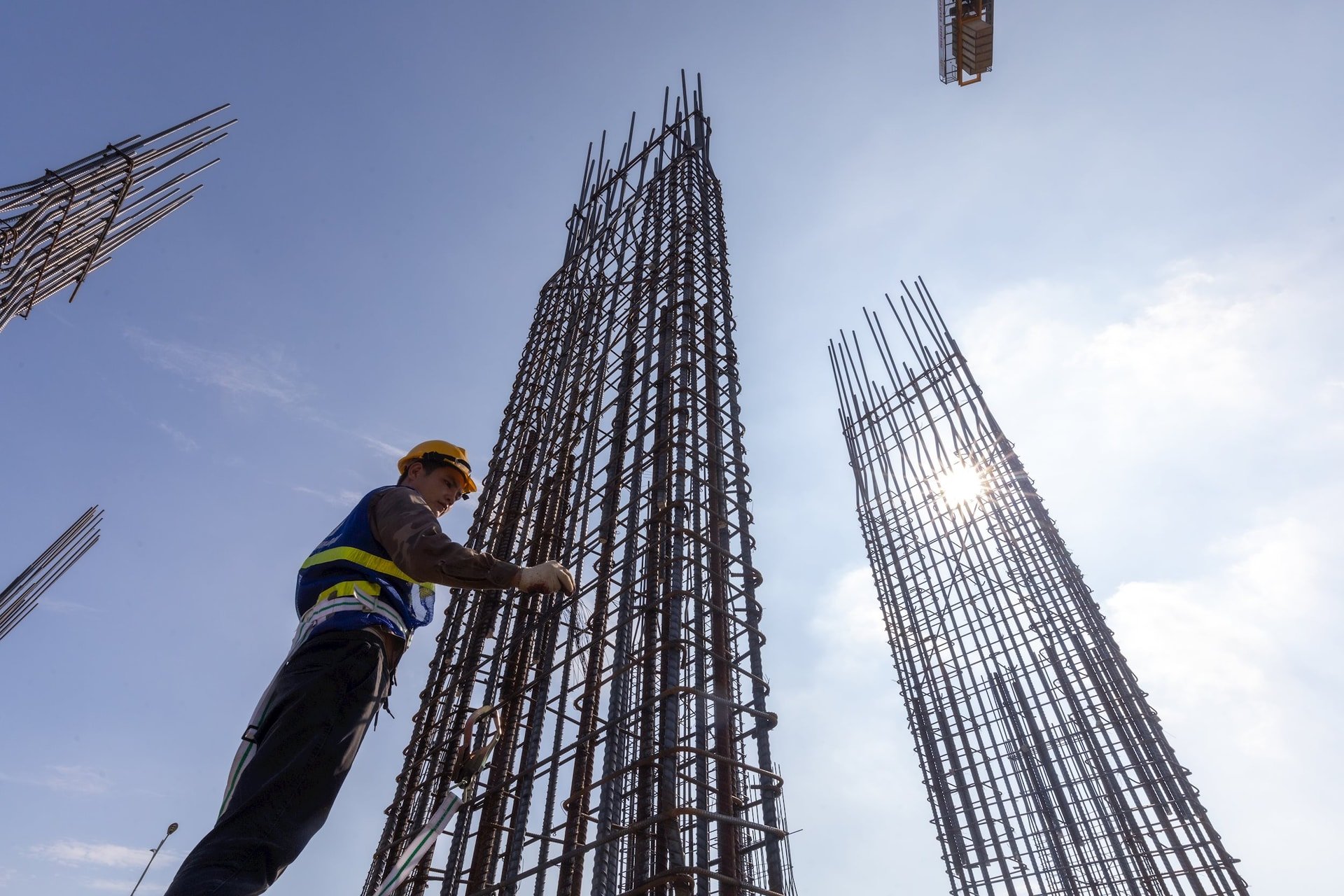





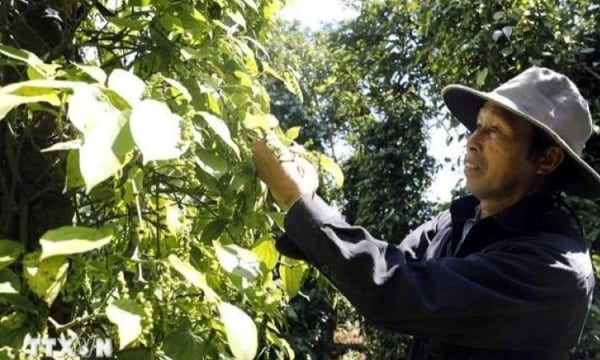










Comment (0)